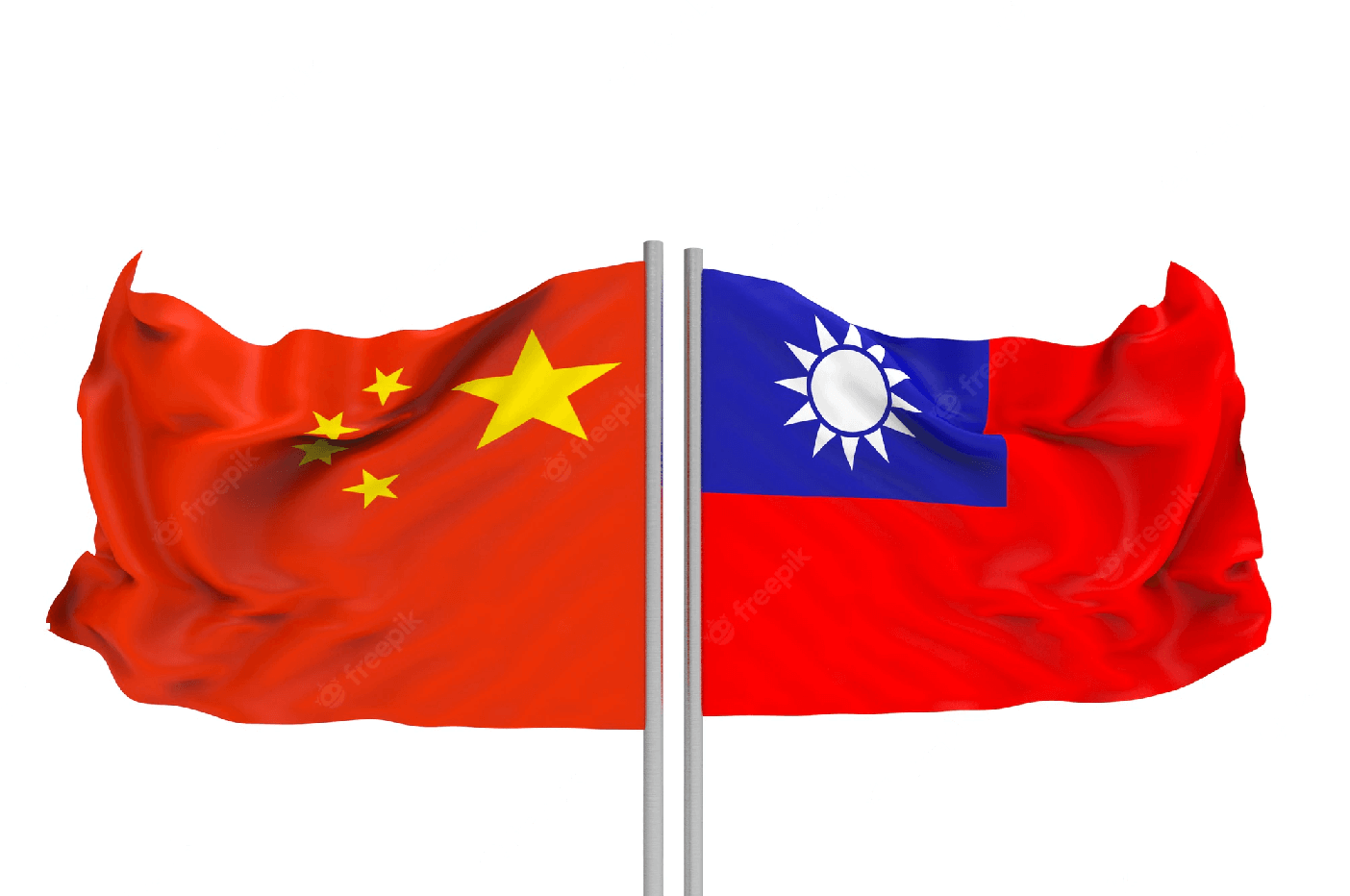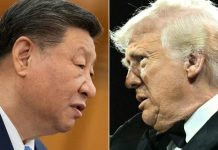With the advancement of the internet and social media, there has been phenomenal growth in information sharing. At the same time, it has become easy for the state and non-state actors to fuel disinformation and propaganda as a tool to exert their influence.
Taiwan has become prey to such disinformation campaigns, mainly from China and sometimes Chinese-backed global sources.
In a highly tech-driven society such as Taiwan, it becomes a cumbersome task to check the facts of the information.
Pertinently, Taiwan is a small island nation and does not have the proper means to address such high levels of disinformation campaigns.
In the wake of the recently concluded Taiwanese presidential elections, it was observed that they became the victim of the highest disinformation campaigns by vested interest.
It is necessary to deconstruct how Taiwan is becoming a test case for the Chinese disinformation campaign and how it is overcoming it.
Disinformation With Chinese Characteristics
With this background, it is essential to understand how China operates its disinformation campaigns.
Chinese People’s Liberation Army (PLA) is one of the few armed forces worldwide that has realized the importance of (mis) information in warfare. As per reports, it invests almost US$10 billion annually to conduct its Information Warfare campaign through the Communist Party of China’s Propaganda Department and PLA.
In the Defense White Paper published in 2015, it was mentioned that there is a significant need to fight ‘informationized local wars.’
Social media is most frequently classified as Psychological Warfare in ‘informationized Warfare.’
A new RAND analysis claims that the PLA views operations in a System-of-Systems paradigm, with each mission and unit nested in a hierarchy of operational systems, and views modern armed conflict as systems confrontation and system-destruction warfare.
The term “Information Confrontation System” is used to describe Information Warfare.
If we translate these technicalities for our understanding, it simply means that Chinese disinformation works in progressing ways.
At first, it is planted and used as a deterrent for a critical time, and when the time comes, its impact causes deception amongst the rival state.
It is generally done by undermining the morale of the enemy (Wolf warrior diplomacy, internet campaigns to show the material power), confusing the policymakers of the enemy/rival state through systematic ambiguity, and convincing the enemy states that it is not worth fighting the cause they are fighting for.
Tracing back, it was as early as 2011 that Chinese authors wrote a paper in a journal talking about the potential of Twitter (now X) and Facebook for Psychological Warfare.
However, the data suggests that disinformation campaigns started bolstering around 2014.
After the advent of Social Media and now with Artificial Intelligence, it has become much easier to produce, publish, and propagate disinformation and misinformation.
The Chinese Information Warfare campaigners have used social media for ‘overt messaging,’ and a part of it is involved in ‘covert manipulations.’
It involves three general strategies for the consumption of audiences, namely, rapid response, that is, aggressively responding to any issue in an impactful manner.
These things are then used for agenda setting, and cognitive narratives follow.
In the case of democracies, it becomes easy because democracies thrive on criticism, but it also makes their leaders vulnerable to disinformation. It has been a tried technique in Taiwan by the Chinese.
It appears that the original, planted disinformation is from the segments of society, but most of the time, it is not.
In the case of Taiwan, the Chinese have tried to exploit the nation’s vulnerabilities and used all the abovementioned methods for the production of disinformation through an army of IW warriors working in “click farms.”
Recent Developments In Taiwan
China enjoyed relatively good relations with Taiwan until 2016 when Kuomintang’s President Ma Ying-jeou was in power.
In 2016, the current ruling party, the Democratic Progressive Party’s Tsai Ing-wen, became President, and the relations between China and Taiwan started deteriorating.
It was when Xi Jinping took total control of the Communist Party of China and the state apparatus.
China started producing disinformation about President Tsai of mismanaging the Taiwanese military and destroying Taiwanese culture.
China designated the new PLA Strategic Support Force (PLASSF) for long-term information warfare operations.
According to data, China’s information attacks involved about 2,400 pieces of disinformation targeted at Taiwan, ranging from socio-political issues to capitalizing on the nation’s vulnerabilities daily.
To give a few examples, just before the Taiwanese presidential elections of 2024, one of Taiwan’s most-read newspapers, ‘United Daily News,’ published that America had asked Taiwan to make biological weapons by harnessing the blood of Taiwanese people.
The source of this information was supposed to come from a leaked secret government meeting.
However, when the information was analyzed, it was found that the official vocabulary used in the leaked note was used in China.
China often fuels the orphan mentality in Taiwan, claiming that no one will come to save Taiwan in the case of war and that trust in the US will only harm it.
Other than Socio-Political news, disinformation that can become potential health hazards was also funneled through planned Social Media campaigns.
During the Coronavirus pandemic, Taiwanese citizens received online news claiming that “drinking vinegar and salt with a lot of water can prevent the virus from entering the one’s lungs.” However, there is no scientific proof of the claim.
Generative AI has made China’s task more manageable because it can increase the scope of disinformation.
Deepfakes, an AI technique, is widely believed to have affected the recently concluded Taiwanese elections.
How Taiwan Tackles Disinformation?
Taiwan is a relatively small nation with a population of 23 million and is one of the most digitally connected spaces worldwide.
At first, it tried to follow a strict approach of arresting citizens for forwarding planted disinformation.
It also canceled licenses and fined a pro-China TV station, Chun Tien Television (CTi), accusing it of broadcasting disinformation. However, it did not work as CTi influenced Taiwanese people online.

Arresting citizens also did not work because there was no conclusive proof of the origins of the source of disinformation.
While talking to “Foreign Policy” magazine, Yachi Chiang, a National Taiwan Ocean University professor, said, “If you want to curb disinformation by legal measures, it is difficult and dangerous. It opens a pathway for the government to control speech.”
She further mentioned, “You cannot count on laws to tackle disinformation and must create your information.”
These thoughts expressed by the top intellectuals of Taiwan shaped its policy measures.
During the Coronavirus pandemic, Taiwan appointed its first digital minister, Audrey Tang, tasked to counter disinformation and fake news and curb disinformation using memes and popular mediums.
It has also strengthened its civil society organizations in checking the disinformation and democratically tried to work with China-owned Social Media Platform TikTok to curb the decimation of disinformation.
Its efforts have borne fruits as, despite continued Chinese efforts to influence the recently held elections through disinformation, Taiwan has elected separatist leaders, which China did not want it to elect.
Thus, Taiwan offers a resilient example for all the democracies grappling with Chinese disinformation campaigns.
It is also high time that states grappling with such problems start collaborating and sharing information that can ultimately expose China.
- NC Bipindra is a 30-year veteran in journalism specializing in strategic affairs, geopolitics, aerospace, defense, and diplomacy. He has written extensively for the Times of India, New Indian Express, Press Trust of India, and Bloomberg News. He can be reached at ncbipindra (at) gmail.com
- Follow EurAsian Times on Google News




